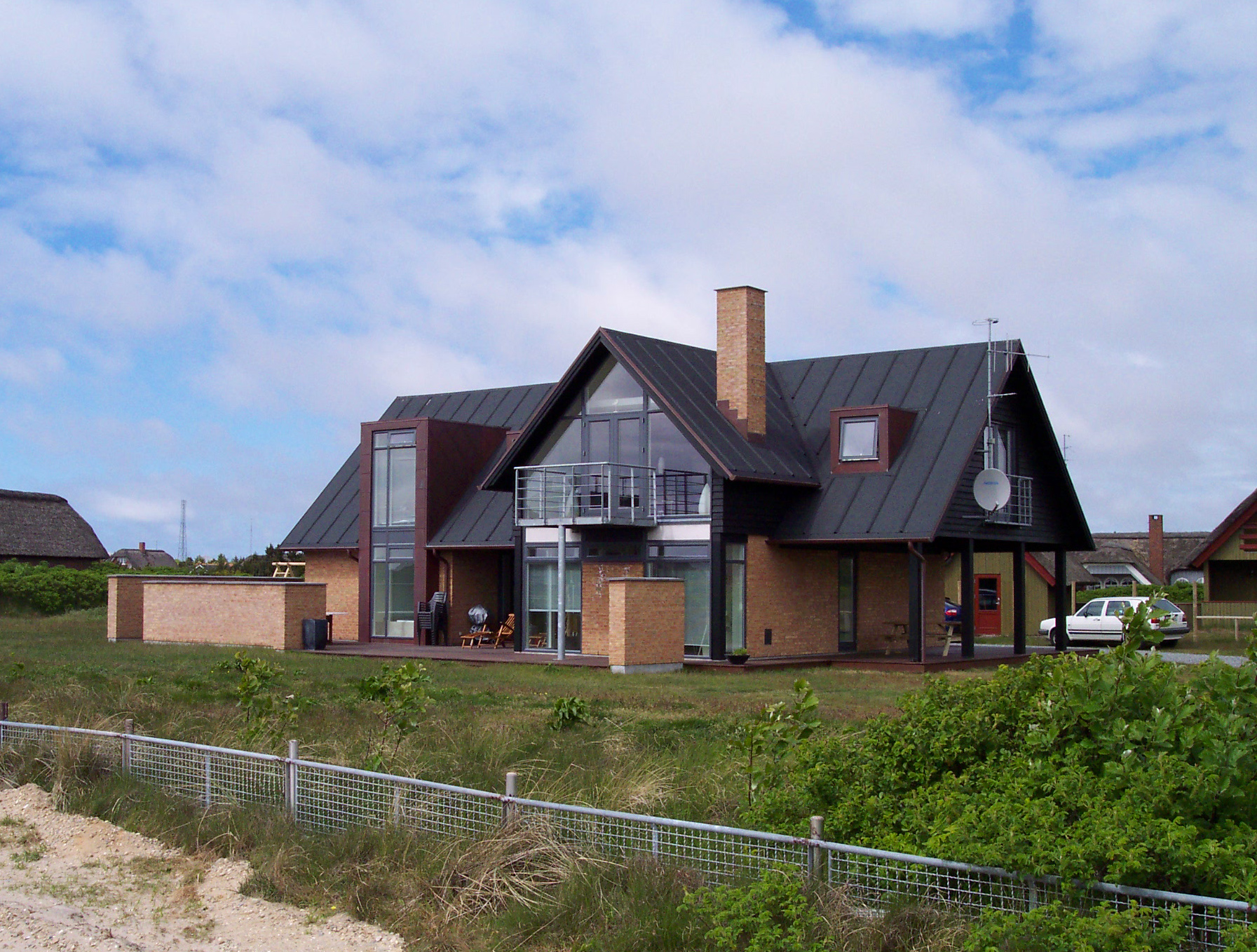Multi-family real estate investing
- Introduction to Multi-family Real Estate Investing
- Understanding the Real Estate Market
- Finding Multi-family Real Estate Investments
- Financing Multi-family Real Estate
- Value Addition to Multi-family Real Estate
- Legal Aspects of Multi-family Real Estate Investing
- Property Management And Maintenance
Introduction to Multi-family Real Estate Investing
Single-family vs Multi-family Real Estate: A Comparative Analysis

Free-standing residential building.
When it comes to real estate investing, one of the first decisions you'll need to make is whether to invest in single-family or multi-family properties. Both types of investments have their own unique advantages and disadvantages. This article will provide a comprehensive comparison to help you make an informed decision.
What is Single-family Real Estate?
Single-family real estate refers to a residential building that is designed to house one family. This includes detached homes, townhouses, and duplexes. These properties are typically easier to manage and maintain, as they have fewer tenants and less complex infrastructure.
What is Multi-family Real Estate?
Multi-family real estate, on the other hand, refers to a residential building that is designed to house multiple families. This includes apartment buildings, condominiums, and townhouse complexes. These properties can be more complex to manage and maintain, but they also offer the potential for higher returns on investment.
Key Differences Between Single-family and Multi-family Real Estate
Investment Cost
Investing in multi-family real estate typically requires a larger initial investment than single-family real estate. However, the potential for higher rental income can make it a more lucrative option in the long run.
Cash Flow
Multi-family properties often generate more cash flow than single-family properties. This is because you have multiple tenants paying rent each month, as opposed to just one in a single-family property.
Risk Diversification
With multi-family real estate, the risk is spread out over multiple units. If one tenant moves out, you still have income from the other units to cover your expenses. In contrast, if a tenant moves out of a single-family property, you lose 100% of your rental income until you find a new tenant.
Management
Managing a multi-family property can be more complex and time-consuming than managing a single-family property. You'll need to deal with more tenants, more maintenance issues, and more administrative tasks.
Case Studies
To illustrate these points, let's consider two hypothetical investments: a single-family home and a four-unit apartment building.
Single-family Home: You purchase a single-family home for 200,000 and rent it out for 1,500 per month. Your monthly expenses (mortgage, taxes, insurance, maintenance) total 1,000, leaving you with a net income of 500 per month.
Four-unit Apartment Building: You purchase a four-unit apartment building for 800,000. Each unit rents for 1,000 per month, giving you a total monthly income of 4,000. Your monthly expenses total 2,500, leaving you with a net income of $1,500 per month.
In this example, the multi-family property provides three times the net income of the single-family property, despite the higher initial investment and expenses.
In conclusion, both single-family and multi-family real estate investments have their own unique advantages and disadvantages. Your decision should be based on your financial goals, risk tolerance, and management capabilities.